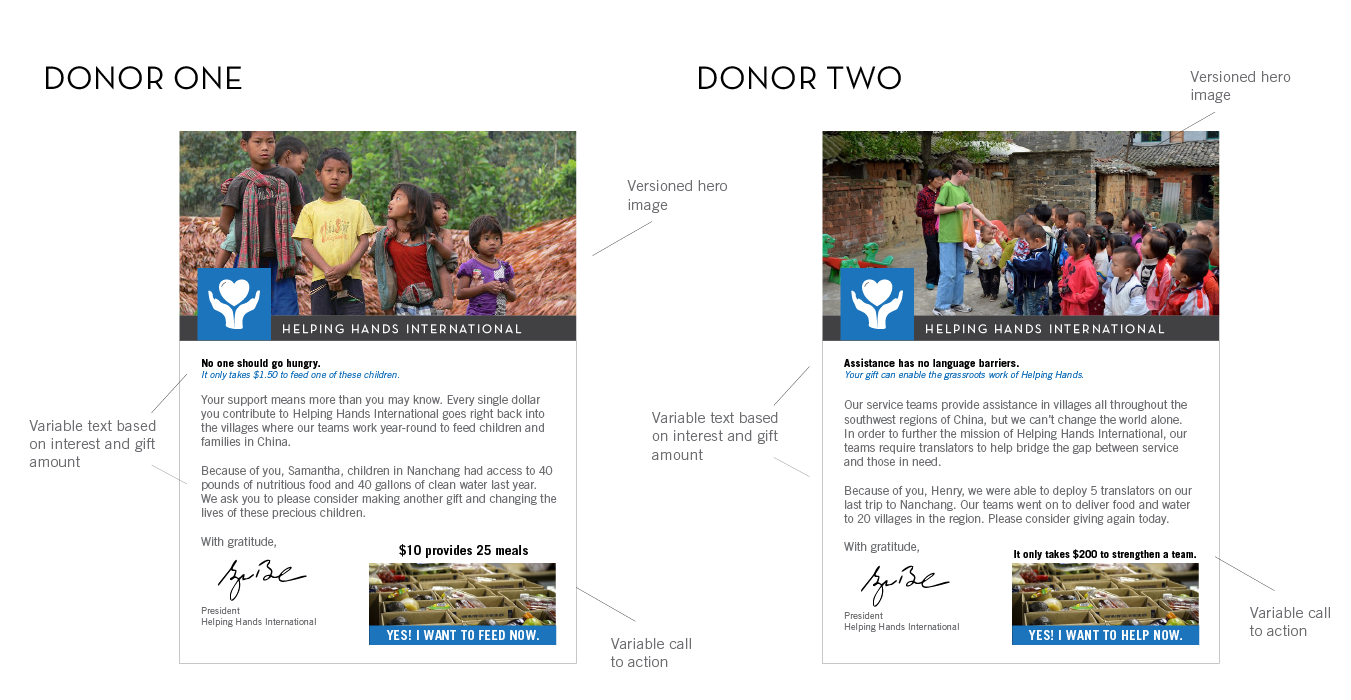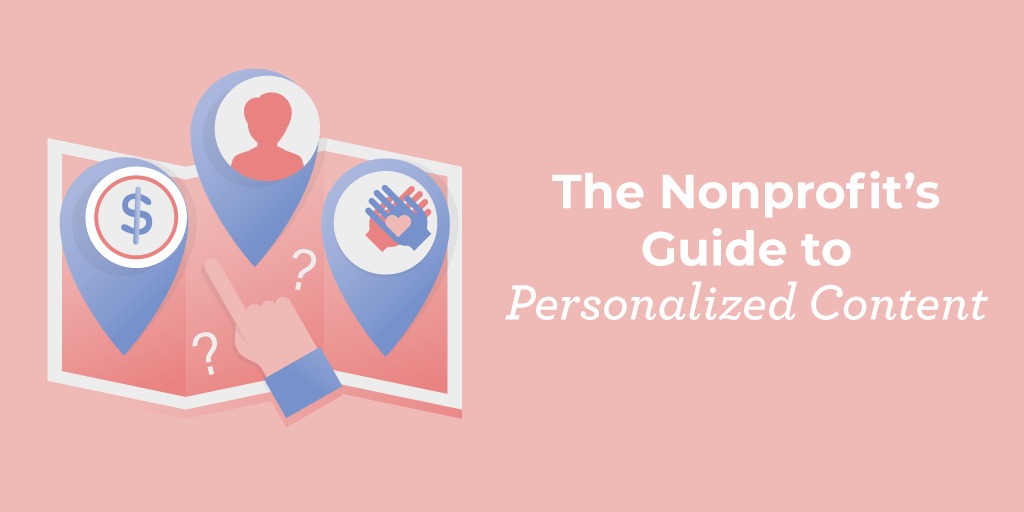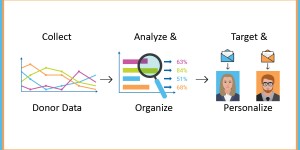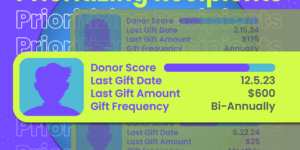As a fundraiser, you probably already know why personalized content is much more effective for fundraising than a mass appeal strategy. And you also know that you will need a lot of information in an organized donor data base to make your content feel personal and relevant for each recipient.
But how can you get started with personalized content? Well, it’s easy to start by using a donors name rather than “dear supporter” in your appeal letters and emails. But effective personalized communication goes much further.
So, without further delay, let’s explore some materials you can customize for donors and how to implement targeted messaging in your fundraising materials. We will also delve into some more specific strategies to get you started creating more relevant communications.
First, let’s review some of the Do’s and Don’ts of personalized content:
Do
- Segment lists by donor category or other classifications
- Share stories of impact in terms of how donors made it happen
- Use names and other information unique to donors
- Take the time to ask questions and get to know your prospects
- Apply variable techniques with images and lay out (for advanced marketers)
These strategies will help your organization tailor messages to different portions of your network. Relevant communications foster a meaningful connection based on common ideals.
Individualized content can be applied on a small or grand scale, depending on how far the organization wants to take it. Your nonprofit will craft more meaningful and engaging methods to interact with your audience by implementing the basic principles of personalized communications, especially in emails, newsletters, and direct mail appeals.
Don’t
- Send a generic message to all your donors
- Spout off superficial statistics or numbers irrespective of donors
- Address messages “Dear Friend” or with any other generalization
- Assume that donors are one and the same
- Presume people just want to give simply because they can
Avoiding these communication pitfalls will prevent your donors from feeling like they are just one of thousands on your outreach list.
Therefore, sending email after email with the same generic messaging and greeting, perfunctory statistic, and uninspired call to action probably won’t move donors to join the cause. It is important to think in the donor’s shoes.

How Do I Start Using Personalized Content?
Successful fundraisers use a combination of versioned and variable content in their communication materials. This is why it is important to understand the difference between the two, as well as how they can be used in harmony to develop relevant and engaging communications.
We’ve already touched on examples of each earlier in this post. Remember, you can customize all content for specific audiences, including text, images, and call to actions.
Variable content includes anything that is unique to the individual receiving the communication. This type of content is specially crafted for each recipient and can be switched out from piece to piece. Addressing the recipient by name, making a reference to the city they live in and mentions of past giving history or other accomplishments are examples of variable content.
On the other hand, versioned content is less specific but works towards the same goal of personalizing a message for the intended audience. For example, an independent school may send three different versions of a letter regarding their annual appeal.
Parents of current students would receive the first version. A second version of the appeal then targets parents of former students. Then a third is sent to alumni. The content within the letter would change from version to version, but would not vary on an individual basis.

Varying Elements in Versioned Content
However, many of the most successful fundraisers have adopted a hybrid approach. The most powerful communication materials incorporate both versioned and variable content.
For example, the school in the scenario above can take their personalized content to the next level by adding variables in the alumni version of their appeal. Decide for yourself which is more powerful:
Hi Alumni,
We have been making great strides to continue providing the highest quality education to our students since your graduation. Your donation will provide essential funds for several of our school’s activities and programs. Please consider contributing to our annual fund.
Or,
Hi John,
We have been making great strides to provide the highest quality education to our students. In order to help them realize their potential, as you and your peers in the class of 1980 did at our school, we need your help. Your donation will help fund programs for students who are following in your footsteps as members of the chess club, soccer team, and student government. We have included your senior yearbook photo as a reminder of your time at our school. Donating today ensures our current and future students will be smiling as bright as you in their own senior portraits.

Data, Data, Data
The first example isn’t terrible. The messaging covers why the funds are needed and where they will go. Then, it makes the ask.
However, the second example takes personalization a step further. It evokes more emotion by mentioning the alumni’s name and the activities they participated in before making a compelling ask.
Who do you think is more likely to feel acknowledged and then donate? The alumni, or John, a member of the class of 1980 who participated in the chess club, soccer team and student government, and was provided with his senior photo?
But keep in mind, your nonprofit will need to have a lot of data on hand to achieve this level of personalization.







